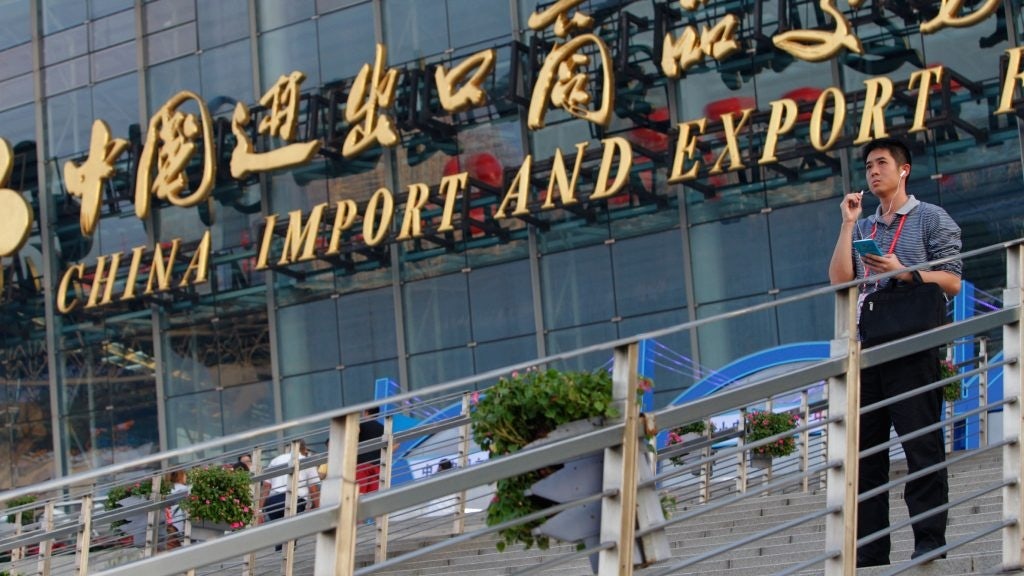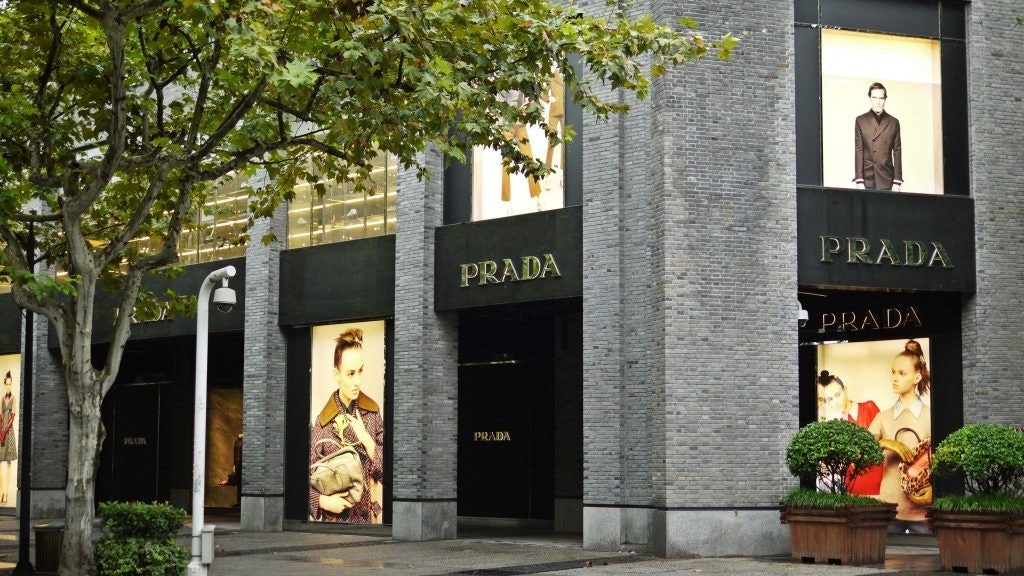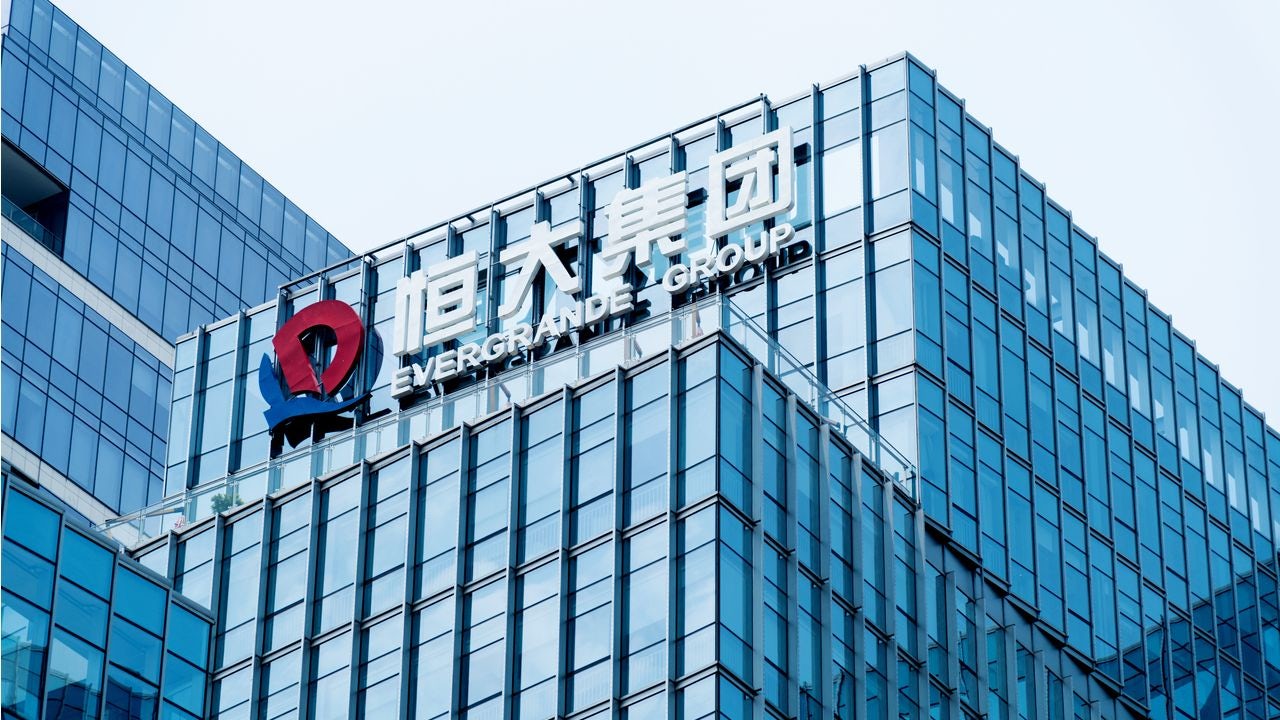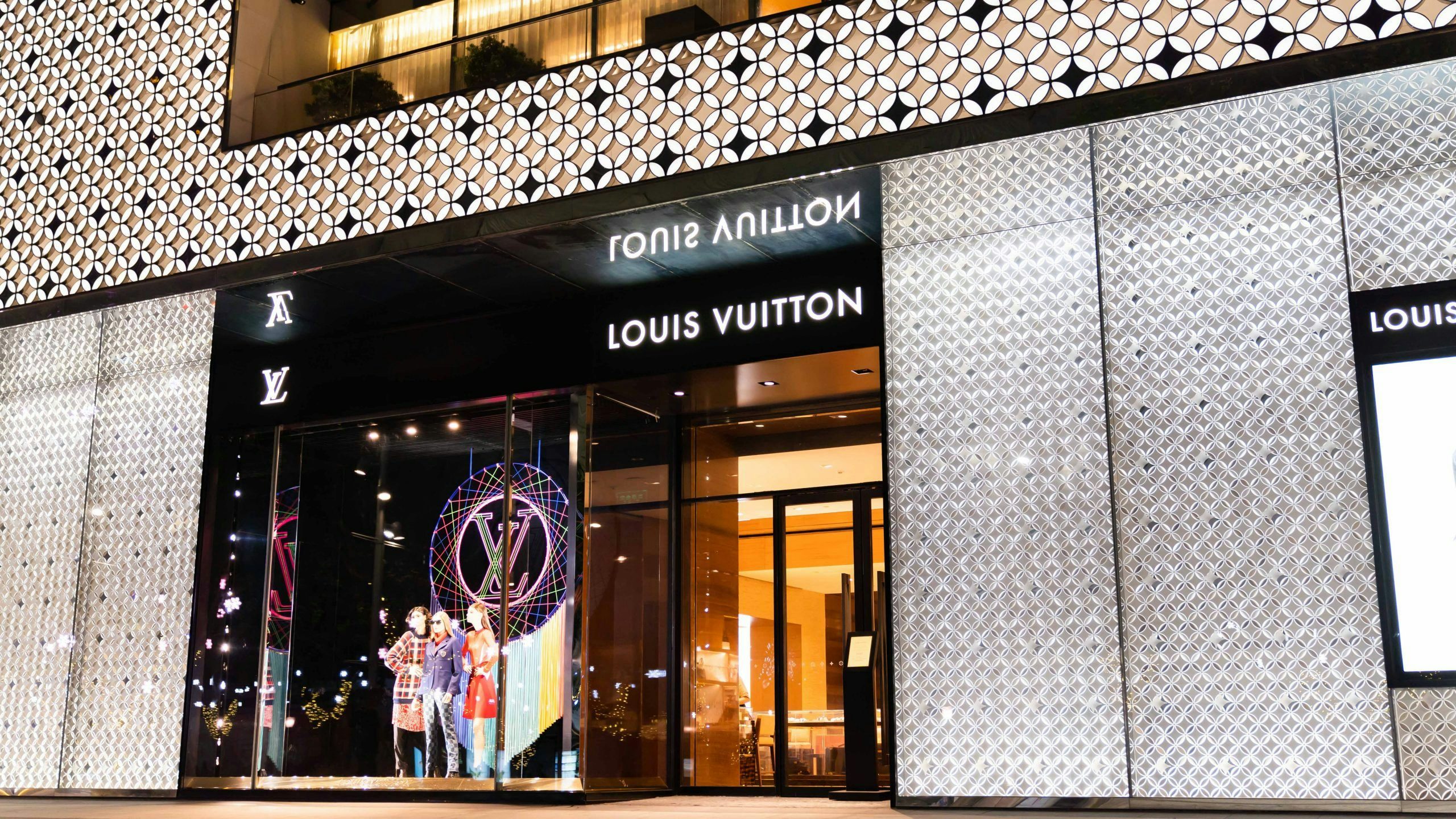China, once the envy of the world with its skyrocketing economic growth, now stands at a critical juncture. The World Bank this Monday cut it's growth forecast for China and East Asia, with China now at 4.4 percent for 2024, down from 4.8 percent this April. The impacts will be felt in the surrounding region.
The nation's economy is not in full-blown crisis, but China is grappling with a different issue: a crisis of consumer confidence. This forms a complex puzzle with far-reaching consequences for both Chinese consumers and the luxury industry.
At the start of Q3 2023, China's economic momentum waned, slipping into a deflationary phase that saw consumer prices decline for the first time in over two years in July.
Customs data paints a concerning picture, with imports plummeting by 12.4 percent in July compared to the previous year. Additionally, exports saw a more significant contraction of 14.5 percent, exceeding the expected 12.5 percent decline. However, the declines moderated somewhat in August, as exports contracted by 8.8 percent year on year while imports shrank by 7.3 percent, although this still reflects economic challenges.
“The most concerning takeaway was the sharp pullback in imports, driven by declines across both key consumption- and capital-related goods,” says Louise Loo, lead economist at Oxford Economics. This challenging economic landscape raises critical questions for both consumers and the luxury industry.

“The latest data sets on Chinese trade, especially imports as a proxy for domestic demand, are especially disconcerting,” says Stephen Roach, senior fellow at Paul Tsai China Center in Yale University. “While there was evidence of such a bounce back in the early months of 2023, the subsequent softening of the economy has been quite worrisome.”
Roach, also the author of Unbalanced: The Codependency of America and China, highlights underlying structural imbalances and mounting debt as causes for concern.
Despite some experts citing the possibility of a Minsky moment (a market collapse following a period of bullish speculation) or a Lehman Brothers-like crisis (a financial firm that filed for bankruptcy during the US subprime mortgage crisis), Roach argues that China's mixed economy, featuring both state and market forces, coupled with substantial savings and foreign exchange reserves, offers a measure of resilience.
Arthur Budaghyan, chief China strategist at BCA Research, delves into the intricacies of China's economic situation, suggesting that the nation may not be heading for a Minsky moment but is instead ensnared in a liquidity trap and a balance sheet recession. China's economic troubles, he asserts, stem from a protracted period of credit expansion, fostering a dependence on excessive credit.
Budaghyan explains that debt deflation, where falling prices increase the real debt burden, and a balance sheet recession characterized by a bleak economic sentiment are the primary challenges.
“A balance sheet recession could be cured by reflating asset prices. In China’s case, rising property and land prices are essential to terminating the proliferating balance sheet recession,” he adds.
Amid China's slowing economic recovery, consumers are delaying significant expenditures, particularly in the real estate, automotive, and travel sectors, awaiting a return of confidence.
Xie Zhuoqun, a 37-year-old resident of Hangzhou, an affluent coastal city and tech hub renowned for lavish luxury consumption, usually allocates an average of 10,000 yuan (1,364) monthly for luxury goods. "I've observed a noticeable deterioration in the overall economic climate," she says. "Luxury items remain unsold on store shelves, prompting discreet outreach from sales assistants to their customer pool. People seem to be window shopping more but making fewer purchases."

“It seems that some businesses create artificial queues outside to bolster their image,” she continues. “When it comes to the housing market, the challenges are even more pronounced. Listed properties struggle to attract buyers, and even with a one million yuan price reduction on properties valued at over ten million, there are still no takers."
The current economic challenges in China are marked by uncertainty and a lack of consumer and business confidence, noted Ben Cavender, managing director of the China Market Research Group. He points out that both small business owners and consumers are hesitant to spend or invest, a sentiment exacerbated by the government's modest stimulus efforts.
"Any small-scale stimulus is essentially being saved by recipients who still await further signs of economic prosperity," says Cavender. "With weak domestic and international demand, China grapples with an oversupply issue that proves challenging to address."
Cavender believes that consumer confidence in China has reached a low point, causing individuals to postpone major purchases, seek more affordable alternatives, and limit spending to essentials.
"For luxury brands, this shift holds particular significance. Relying solely on exclusivity or high prices is no longer adequate; they must cultivate deeper connections with consumers to inspire trust and stimulate spending," he says.
Young spenders in China, in particular, face mounting pressure to curtail their expenses. In June, the unemployment rate for urban workers aged 16 to 24 hit a record high at 21.3 percent. Furthermore, starting in July, the government stopped publishing breakdowns of unemployment data by age groups, adding to the challenge of assessing the employment situation for this demographic.
Cavender says: “Youth unemployment, coupled with unease about the real estate market, will both have effects. Gen Z consumers were already looking for a more authentic connection with brands before the economy slowed down and this trend has accelerated as their job prospects have waned."
As such, being expensive or seen as a luxury brand alone is no longer sufficient. "The market is still there," says Cavender. "However, brands will have to work much harder to resonate with consumers and get them to spend."


